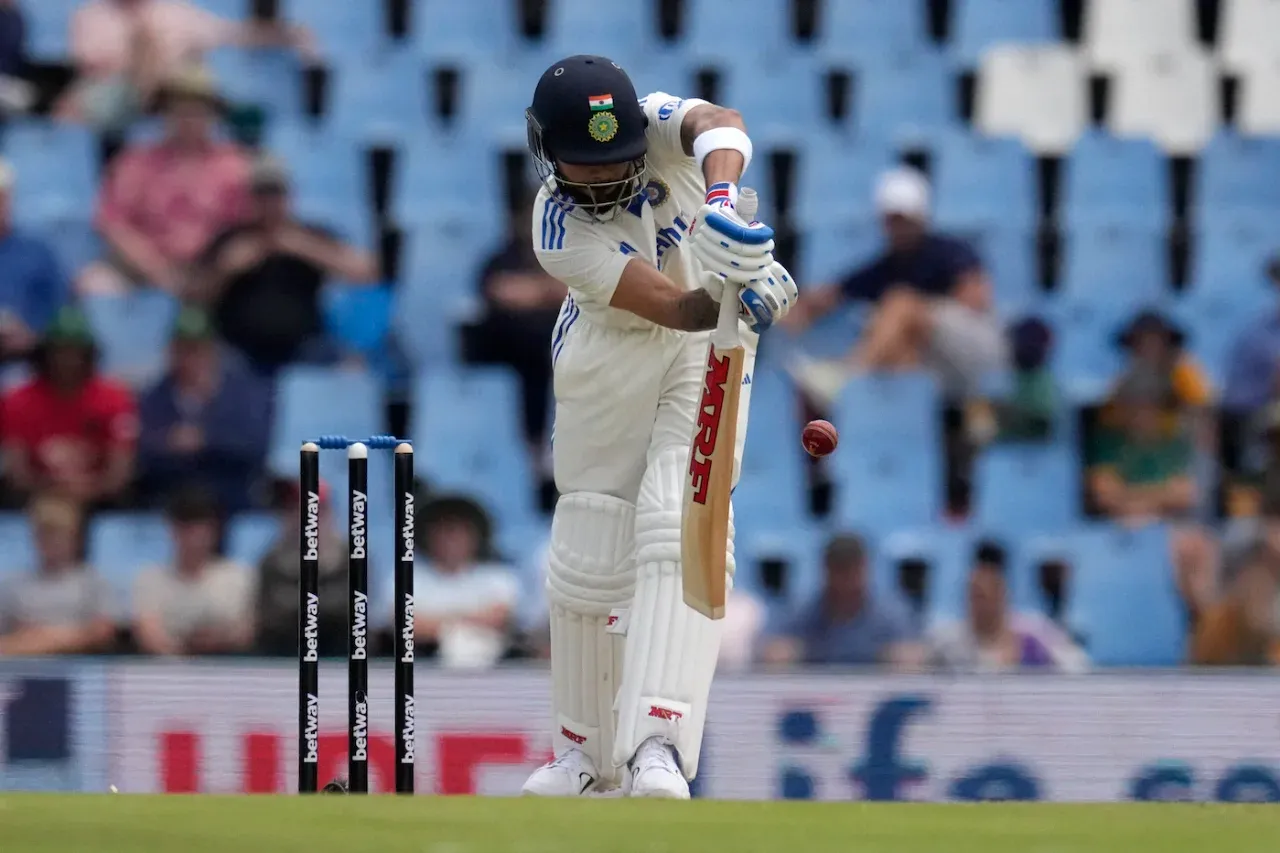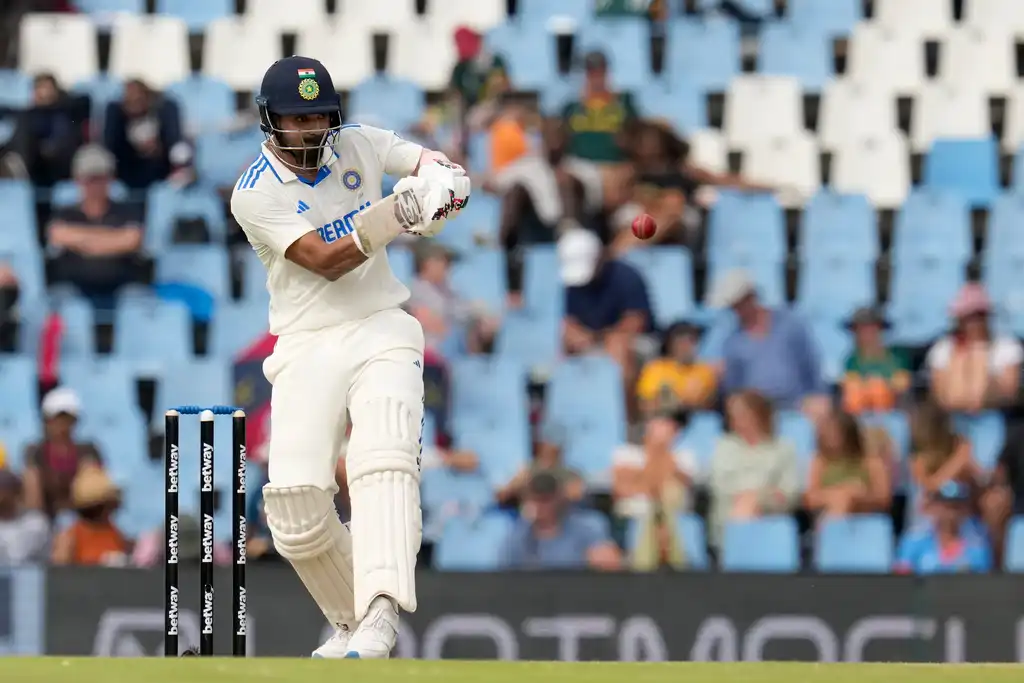 Virat Kohli on Day 1 of Centurion Test (AP)
Virat Kohli on Day 1 of Centurion Test (AP)
Team India reached 208-8 by the end of their 59 overs before rains and the resulting bad light forced the on-field umpires to call for an early stumps on Day 1 of their Centurion Test match.
Interestingly, following the conclusion of the rain-curtailed day, the term ‘Stumps’ went viral across all social media platforms. In lieu of the latest trend, here at OneCricket, we take a detailed look into the actual meaning and the origins of the term in the context of Test cricket.
What is Stumps in Test Cricket?
Since the traditional times, the word Stumps has been used to signify the end of a day’s play in Test cricket. The on-field umpires would often declare the term, considering the phrase ‘the umpires have called for stumps’ is commonly used by commentators all over the world.
As has been a case throughout Test cricket’s near 150-year-old history, the umpire from the bowler’s end draws out both bails from the top of the stumps after the end of a day’s play. Notably, the on-field official also follows the same protocol after the end of an innings.
While in modern-day game, umpires remove the bails from the top of the stumps to officially declare the end of play, they originally had to uproot both stumps out of the ground after the final delivery of the day was bowled during the earlier days of Test match cricket.
As per section 12.2 of the MCC Laws of Cricket under the head ‘Start of play; cessation of play’, ‘the bowler’s end umpire shall call Time, when the ball is dead, at the end of any session of play or as required by the Laws’.


.jpg?type=mq)



